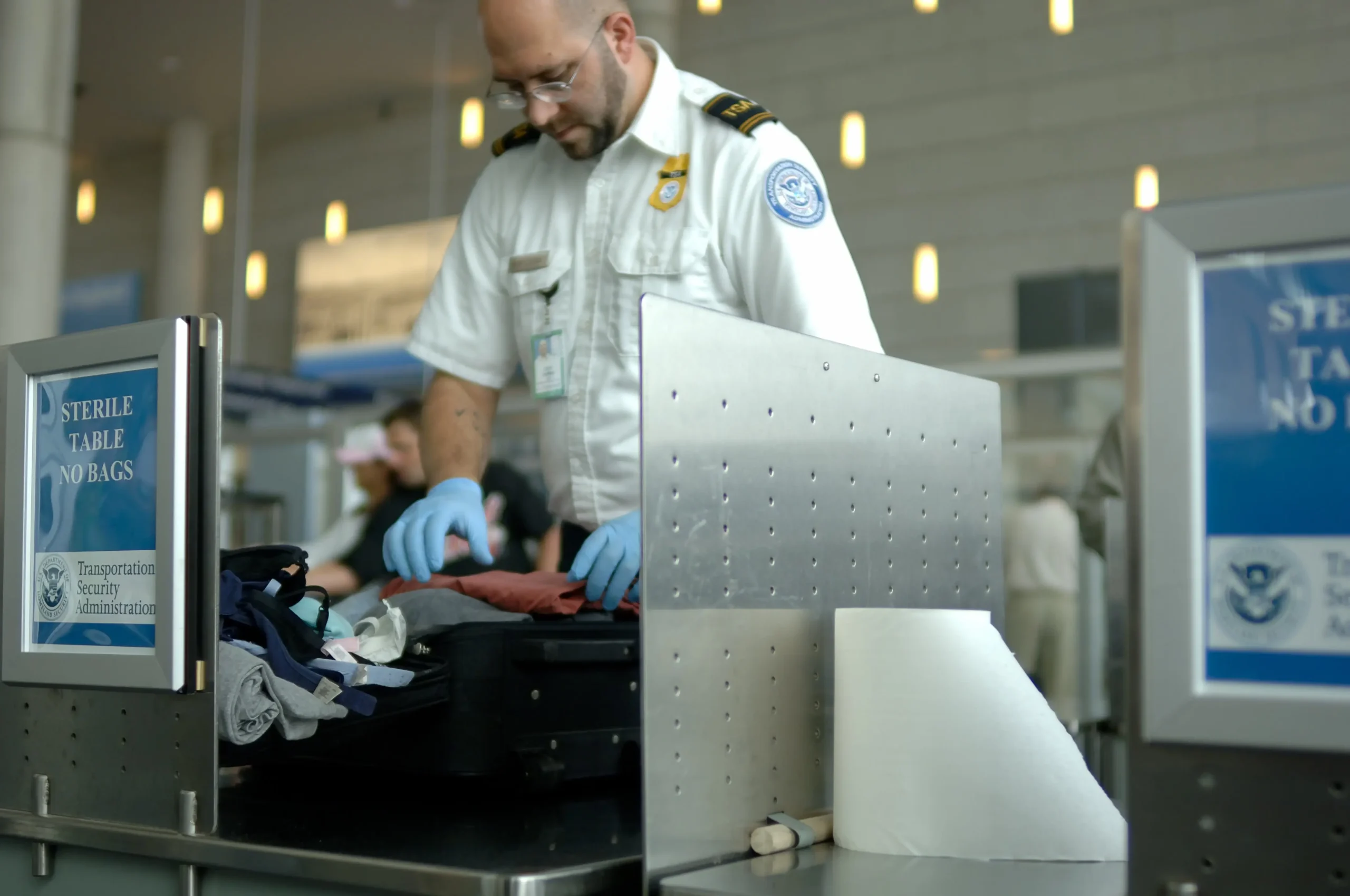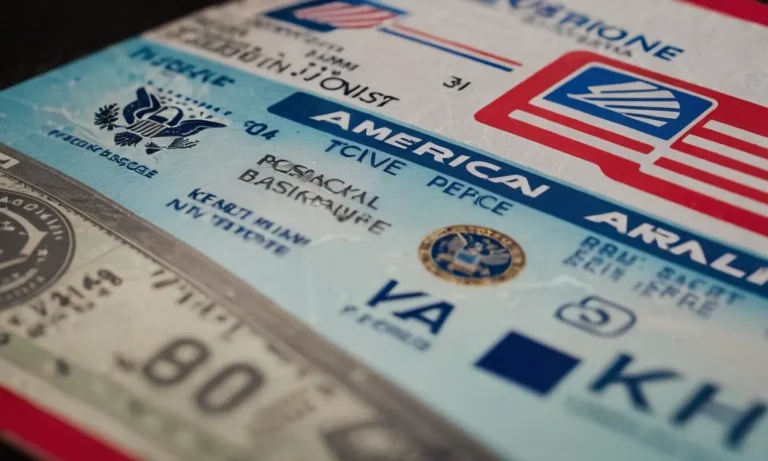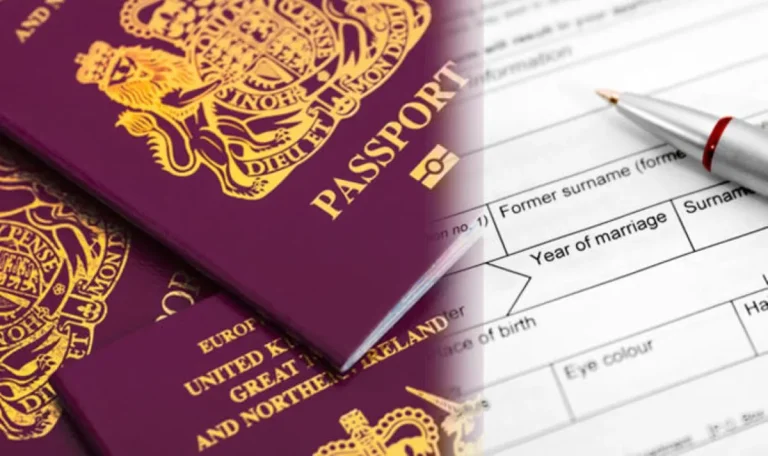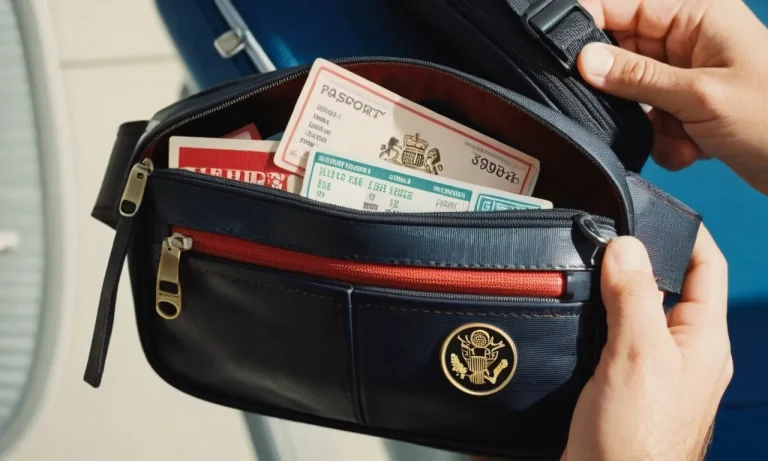Traveling can be stressful enough without worrying about your checked bags. You likely packed valuables, gifts, electronics, and other items you don’t want damaged or stolen. So it’s natural to wonder – do they x-ray-checked luggage?
The quick answer is yes, the TSA X-rays all checked bags as part of their security screening process. Keep reading to learn all the details about checked luggage screening so you can travel with peace of mind.
In this comprehensive guide, we’ll cover everything you need to know about whether and how checked bags are x-rayed.
You’ll learn about the TSA’s screening procedures, what the x-ray machines detect, special rules for electronics, what happens if prohibited items are found, and tips for packing checked luggage worry-free.
TSA X-Ray Screening of All Checked Bags
When it comes to airport security, the Transportation Security Administration (TSA) leaves no stone unturned. This includes thoroughly screening all checked bags that are loaded onto aircraft.
So, if you’ve ever wondered whether your checked luggage goes through the same rigorous screening process as your carry-on items, the answer is a resounding yes.
Checked Luggage Goes Through Same Screening as Carry-Ons
Contrary to popular belief, checked luggage is not exempt from TSA screening. In fact, all checked bags are subjected to the same security measures as carry-on items.
This means that your checked luggage is x-rayed to ensure that no prohibited items or potential threats are present.
During the x-ray screening process, TSA officers are trained to identify any suspicious objects or materials that may pose a risk to aviation security.
They are skilled in interpreting the images produced by the x-ray machines and can quickly flag any potential threats for further inspection.
Explosives Detection Systems (EDS) Used for X-Ray Scanning
To enhance the effectiveness of the x-ray screening process, the TSA utilizes sophisticated Explosives Detection Systems (EDS).
These systems are designed to detect explosives and other dangerous materials that may be concealed within checked luggage.
The EDS machines use advanced imaging technology to create detailed images of the contents of each bag. These images are then analyzed by TSA officers, who are trained to identify any items that may require further examination.
The use of EDS technology greatly enhances the TSA’s ability to detect potential threats and ensure the safety of all passengers.
TSA Officers Review Images and Can Open Bags
As part of the x-ray screening process, TSA officers review the images of each bag to ensure that there are no prohibited items or potential threats present. If an item raises suspicion, the officer may request to open the bag for a closer inspection.
It’s important to note that TSA officers are trained to handle checked luggage with care and respect.
If a bag needs to be opened for further inspection, the officer will do so in the presence of the passenger or their representative.
The TSA takes the privacy and security of all passengers seriously and follows strict protocols to protect personal belongings.
For more information on the TSA’s screening procedures, you can visit their official website at www.tsa.gov.
What Do the X-Ray Machines Detect?
X-ray machines are crucial tools used in airport security to scan checked luggage. These machines use X-ray radiation to create images of the contents inside the suitcase.
By analyzing these images, security personnel can identify any potential threats or prohibited items.
Here are some key things that X-ray machines can detect:
Metallic and Non-Metallic Items Show Up on X-Rays
X-ray machines have the ability to detect both metallic and non-metallic items. Metallic objects, such as knives, firearms, or other weapons, are easily identifiable due to their dense composition.
These items appear as solid, dark shapes on the X-ray image.
Non-metallic items, such as plastic explosives or drugs, can also be detected as they have different densities than the surrounding materials. These items may appear as irregular shapes or anomalies on the X-ray image.
Prohibited Items Are Flagged for Further Inspection
When a prohibited item is detected on the X-ray image, the X-ray machine flags it for further inspection by security personnel.
This allows them to visually inspect the suspicious item and determine if it poses a threat to the safety of the passengers or the aircraft.
Prohibited items can include sharp objects, liquids over the allowed limit, flammable substances, and other dangerous materials.
It is important for passengers to familiarize themselves with the list of prohibited items to avoid delays or confiscation of their belongings.
Certain Electronics Have Extra Screening Rules
Electronics, such as laptops, tablets, and cameras, are subject to additional screening rules at airport security.
X-ray machines can detect these devices and security personnel may request passengers to remove them from their bags and place them in separate trays for a closer inspection.
This is done to ensure that the electronic devices do not contain any hidden explosives or illegal substances. It is always a good idea to follow the instructions of security personnel to help expedite the screening process.
What Happens When Prohibited Items Are Found?
When prohibited items are found in checked luggage, several actions may be taken to address the situation. It is important for travelers to understand the potential consequences and procedures that may be followed.
TSA May Open Bag and Remove Item
If a prohibited item is detected during the screening process, the Transportation Security Administration (TSA) has the authority to open the bag and remove the item.
This is done to ensure the safety of all passengers and to comply with federal regulations.
The TSA takes its responsibility of maintaining security at airports very seriously, and removing prohibited items from checked luggage is part of their standard procedure.
Traveler Could Face Civil Penalties
If a prohibited item is found in checked luggage, the traveler responsible for the bag may face civil penalties.
These penalties can vary depending on the severity of the violation and whether it was an inadvertent mistake or a deliberate attempt to smuggle dangerous items.
Aside from civil penalties, travelers may also experience delays and missed flights due to the additional screening and investigation that may be required when prohibited items are found in their luggage.
It is always best to ensure that all items in checked luggage comply with TSA regulations to avoid any potential issues.
Law Enforcement May Get Involved
In some cases, when prohibited items are found in checked luggage, law enforcement may get involved. This typically occurs when the item in question is illegal or poses a serious threat to public safety.
Law enforcement agencies work in conjunction with the TSA to investigate and handle such situations appropriately.
The involvement of law enforcement can result in more serious consequences, including potential criminal charges.
It is essential for travelers to understand that attempting to transport illegal items or dangerous substances through checked luggage is a serious offense that can have severe legal repercussions.

Tips for Packing Checked Luggage
When preparing for a trip, packing your checked luggage properly is essential to ensure that your belongings arrive safely at your destination. Here are some valuable tips to keep in mind:
Know What’s Allowed and Prohibited
Before you start packing, it’s crucial to familiarize yourself with the Transportation Security Administration (TSA) guidelines regarding what items are allowed and prohibited in checked luggage.
This will help you avoid any last-minute surprises or having to discard items at the airport security checkpoint.
Use TSA-Approved Locks
Using TSA-approved locks for your checked luggage is highly recommended. These locks are designed in a way that allows TSA officers to open and relock your bags without damaging them.
By using these locks, you can ensure the security of your belongings while still complying with TSA regulations. Look for locks that have the TSA logo on them to ensure they meet the required standards.
Put Fragile Items On Top
When packing your checked luggage, it’s advisable to place fragile items on top. This way, they will be less likely to get damaged during the handling process.
Consider wrapping delicate items in bubble wrap or clothing for added protection.
Remember, even though airlines take precautions to handle luggage carefully, accidents can happen, so taking extra precautions with fragile items is always a good idea.
Pack Valuables In Carry-On
While checked luggage is generally safe, it’s always a good idea to pack your valuable items, such as jewelry, electronics, and important documents, in your carry-on bag.
This way, you can keep a close eye on them throughout your journey and minimize the risk of loss or theft.
It’s also worth noting that some airlines may have limitations on liability for lost or damaged items in checked luggage, so keeping valuables with you is the best way to ensure their safety.
By following these tips, you can make sure that your checked luggage is packed securely and in compliance with TSA regulations. Remember to always check the latest guidelines and regulations before your trip, as they may change over time. Happy travels!
Travel With Confidence Knowing Your Luggage is Screened
When it comes to traveling, one of the concerns that many passengers have is the security of their checked luggage. The fear of valuable items being stolen or damaged is enough to make anyone anxious.
However, rest assured that airports take security seriously and have implemented stringent measures to ensure the safety of your belongings.
One of the ways they do this is by screening checked luggage using X-ray technology.
How does X-ray screening work?
X-ray screening is a vital part of airport security procedures. It allows security personnel to see inside your luggage without physically opening it, which helps to streamline the process and minimize the risk of damage or theft.
X-rays are a form of electromagnetic radiation that can pass through objects, but are absorbed differently depending on the density and composition of the materials they encounter.
When your luggage goes through the X-ray machine, it is scanned by a beam of X-ray radiation. The X-rays pass through the bag and are detected by a sensor on the other side.
The sensor creates an image on a monitor, allowing security personnel to examine the contents of your luggage in detail.
They can identify any suspicious items or potential threats, such as weapons or prohibited substances.
What happens if something suspicious is detected?
If the X-ray scan reveals something suspicious in your luggage, security personnel will take necessary action to ensure the safety of all passengers.
This may include conducting a physical inspection of your bag, opening it in your presence, or using additional screening techniques such as swabbing for explosive residue.
It’s important to note that these procedures are carried out to maintain the highest level of security and protect everyone traveling.
Are there any restrictions on what can be packed?
While airports do allow a wide range of items to be packed in checked luggage, there are certain restrictions in place to ensure the safety of all passengers.
These restrictions vary depending on the country and airline you are traveling with, so it’s essential to check the official website of the airport or airline for the most up-to-date information.
Common items that are typically prohibited in checked luggage include firearms, flammable substances, and explosives.
Additionally, there may be restrictions on liquids, gels, and aerosols, which must be packed in containers of 100 milliliters or less and placed in a clear, resealable bag.
It’s always best to familiarize yourself with these restrictions before packing to avoid any issues during the security screening process.
Remember: X-ray screening of checked luggage is a standard procedure at airports around the world. It helps to ensure the safety and security of all passengers.
By following the guidelines and restrictions set by the airport and airline, you can travel with confidence knowing that your luggage is being screened and that necessary measures are in place to protect your belongings.
Conclusion
We hope this guide gave you a thorough understanding of TSA screening procedures for checked baggage. While the idea of your bag being x-rayed may be unsettling, keep in mind the TSA’s goal is to keep travelers safe.
By knowing what to expect and following packing tips, you can have peace of mind that your belongings will arrive securely at your destination. Safe travels!






